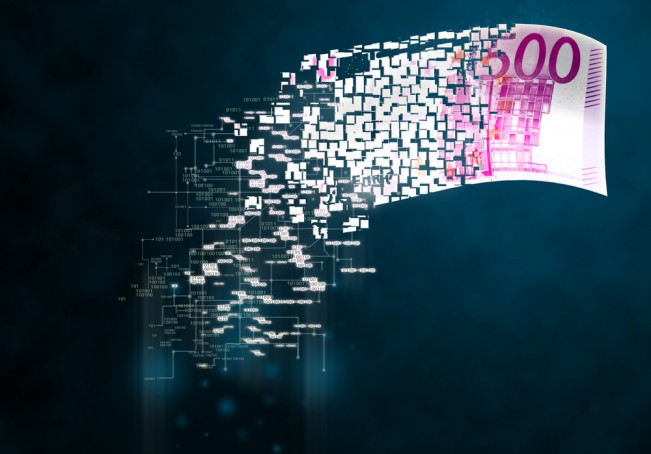
I really don’t like carrying cash. And, the only reason I do is because that’s all my barber accepts. I prefer using digital money. Huh, digital money?
According to Investopedia, digital money is “any means of payment that exists purely in electronic form.” In other words, think of digital money as using any payment method that doesn’t leverage cash, coins, or a physical credit card. Digital money is about technology. Think of your mobile Starbucks app or bank card. Think of the Amazon Dash Button or Amazon Payments. Think of Uber.
Remember paying for your groceries with a paper check? Similar to the way paper checks continue to disappear as your average consumer’s go-to method of payment, physical credit cards are following their predecessors footsteps, but at much faster pace.
While digital transformation, a method of using technology to do conduct business and interact with constituents, is still in its infancy, we’re bound to see significant advancements in an industry that has been historically slow to adopt technology, often due to regulatory and security fears. The positive impact of digital money is simply too great to pass up.
A recent example of digital money? Look no further than MasterCard. On January 6, 2016, the financial services company announced a partnership with Coin to “bring MasterCard payments to a wide array of fitness bands, smart watches and other wearable devices.”
We live in a very exciting time in which technology changes the way consumers and business operate. With news like MasterCard’s partnership, 2016 is already shaping to be an interesting year in FinTech.

